
Key Takeaways
- The Alpha 1.1 was an entry-level road bike built from 2011 - 17.
- Trek Bicycle Corporation is headquartered in Waterloo, Wis.
- The Trek Alpha 1.1 was one of the best values for the money.
One of the best entry-level bikes that Trek ever made was the Alpha 1.1. Even though Trek no longer produces this gem, the bike still has plenty to offer.
Made from 2011 - 2017, the Trek Alpha 1.1 sought to attract a new generation of riders to the love of cycling. The Alpha was the least expensive of the Trek lineup, which helped it achieve a reputation for being a great value. The bike was known for being lightweight, fast, and very durable.
Battling years of negative press, Trek Bicycle Corporation found itself in full-blown damage control in early 2010. Their alleged involvement in doping plagued them (which their team leader, Lance Armstrong, admitted to using a couple of years later), coupled with a very public lawsuit over the leadership of Lemond Cycles had left a sour taste in the hearts of the public. To counter its tarnished public image, Trek introduced an entry-level bicycle to try and attract new riders. Their mission was to produce a higher quality road racer without the expensive price tag. So, to accomplish this task, Trek applied its research data and design experience to the task and worked with its far eastern counterparts to produce a lightweight, durable bike that could go very fast.
What’s So Special about the Trek Alpha 1.1?
The Trek Alpha is now only available used, mainly on eBay or with some bike dealers who have a good consignment program.
The Alpha 1.1 was a Quality Build.
Even though the 1.1 was designed at Waterloo, Wisc (where Trek headquarters are located), the bike was not assembled inside the US. While many Americans prefer items produced in the good old US of A, the fact that Trek continued to use its factories in China and elsewhere isn’t necessarily wrong.
For years, Trek had depended on these builders to consistently produce many high-end premium road racers. Using these same workers meant that the bikes would likely show a high degree of excellence, precisely what Trek needed to combat an increasingly agitated riding community.
The frame was made from aluminum tubing with an attractive glossy finish. Even though carbon fiber was becoming all the rage for high-end performance bicycles, aluminum was a much cheaper resource. The primary benefit of an aluminum frame is that it provides excellent strength qualities while at the same time costing less, meaning that the bicycle price can be contained. Trek used its extensive racing research to push the aluminum frame to the limit, keeping the weight down while still holding onto the structural rigidity needed for most riders.
The folks at Trek must have felt pretty good about the frame because they offered a lifetime warranty with every purchase, which was virtually unheard of at the time.
The Trek Alpha 1.1 utilized the traditional H2 top-tube sloping, which is supposed to be the optimal riding position (according to Trek’s research). The steep upright angle of the tube enhances the rider's overall comfort, making it easier for cyclists to stay on task and enjoy the ride. The designers knew that the more comfortable the ride, the longer a cyclist would stay on their bike, which is precisely what the company wanted. The design shows how committed Trek folks were to fashioning a bike to appeal to a wide range of buyers.
Shimano Claris shifters and derailleurs provide the effective movement of gears when needed. Most bike reviews indicate the ride is soft, with no issues moving up and down hills through the gear ratios. While the eight gears might have been less than a professional racer would use, it is more than adequate for normal cycling. (The aluminum frame adds extra weight that might create issues for riders attacking inclines).
The wheels are Bontrager AT-750 double-walled alloy rims with 700c x 25 tires. The narrow tires lend themselves to increased speed and reliable handling when navigating corners.
Interestingly enough, the Bontrager is Trek’s primary tire supplier, and the tire is manufactured in Waterloo, Wisc. The Alpha 1.1 also has room for wider tires for additional grip on wet or muddy surfaces. There is also room for a rear rack or mudguards should their installation be necessary.
The shifter and rear brake cables are run alongside the downtube and provide effective braking and shifting. Most professional bikes run the cables inside the center tube to minimize wind drag and increase aerodynamics. However, the Alpha 1.1 seems content to run the brakes alongside the tubing rather than inside. (My preference is inside the tubing, as an integrated cable system, but this requires additional attention during the manufacturing process and increases the cost). Trek went with a parallel cable system to save dollars during the manufacturing process, and this is a win for the casual rider, who isn’t worried about shaving second off a stage time.
The seat is also a Bontrager Affinity which is soft enough to add comfort without discomfort on longer rides.
The Alpha 1.1 was the Least Expensive Bike Trek Made.
When it was introduced, the Alpha 1.1 was offered as the best value in bikes. Trek saw a need to create a market for new riders. By keeping the manufacturing costs to a minimum (including cheaper labor costs overseas), the company decided to pass those savings along to potential buyers.
The bike was priced well below the $500 mark, which made it easily affordable for most families. Now, the average American who felt the urge to channel their inner Lance Armstrong could have a bike similar to the Trek-Segafredo pro team used.
The Alpa 1.1 Performed Very Well
It didn’t take long for the researcher of the Alpha to discover that those who purchased the bike and rode it loved it. The reviews recognize that the short wheelbase made for a bike that was quick enough to chew up the pavement, handle well while cornering, and stay in control on the wet or less-than-perfect pavement.
The earliest renditions of the Alpha 1.1 had an aluminum fork and frame that tended not to dampen the bumps and jolts of imperfect road surfaces. While carbon forks and frames do a better job smoothing out the pavement, this complaint was not enough to make riders consider other models or take the Alpha off their list. However, the later model year Alpha (2017) shows a Trek carbon fork, which helped with some of the complaints about the ride. (Again, my preference here is to have an adjustable fork that allows the rider to quickly switch to suspension settings to handle rougher terrain, but this was something the folks at Trek were unwilling to do on their early road racers).
There have been some complaints as to the weight of the bike, but these were primarily complaints by riders who were used to riding a carbon-fiber frame. For these riders, the bike’s ride might seem chunky, particularly on steep inclines, where the additional weight can quickly come into play. Even though the bike may be harder to move uphill than other competing road bikes, the ride is just about what you might expect for its price point.
Why Did Trek Stop Making the Alpha 1.1?
For several years, the Trek Alpha 1.1 was a trendy bike for the company. Still, unfortunately, after the initial excitement for the bike wore off, Trek realized that buyers were flocking to other competitors producing better bikes. The emergence of smaller bike companies pushed Trek to drop Alpha 1.1 in favor of other lines, such as the FX series or the Emonda lineup.
At about the same time, Trek and Segafredo partnered to sponsor an International Racing Team. In 2022, the team has over 31 riders on the men’s side and 14 riders on the women's. The teams dominate the racing circuit and are almost always on the leaderboards.
Where Can I Purchase an Alpha 1.1?
Even though Trek still carries an image of the 1.1 on its website, the bike is not available to be shipped from the company. The only way to secure an Alpha 1.1 is through eBay, or another online site selling used bikes.
Pros
- A very reasonably priced entry-level bike
- The bike is well-made, with a lot of research behind it
- The company has an incredible resume in road racing
- Aluminum frame holds up well
- Perfect looking bike.
Cons
- No longer being made
- Trek losing ground to other competitors
Price
- Click on Ebay to find out the latest price.
What kind of Bikes is Trek Making Now?
Even though Trek no longer produces the Alpha 1.1, the company still has a wide selection of bicycles for every discipline. The company makes a Marlin series, an excellent beginner bike for mountain and trail riding. Trek suggests the Edmonda series or the FX-1 for an entry-level bike for road riding. Trek also has a large selection of electric bikes. The FX+ is priced at around $2500, while the Domaine+ SLR retails for around $8500. which are not cheap but are great rides nonetheless. Here are some of our recommendations for the best bikes for entry-level riders in the Trek lineup.
- Entry Level Road/City Bike - FX 1
- Mountain Bike - Marlin 7
- Electric Bike - FX+
- Boy’s Bike - Roscoe 20
- Girl’s Bike - Wahoo 24
For more information on Trek bicycles, see the manufacturer’s website.







































































































































































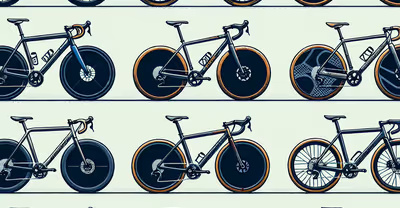

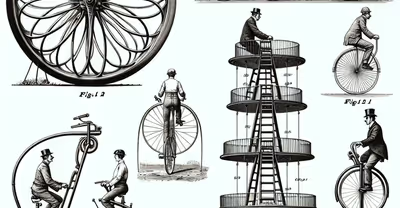
















































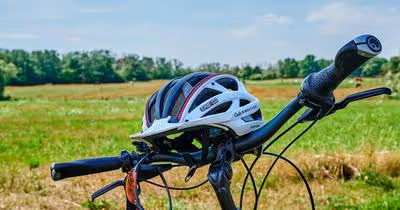

























































































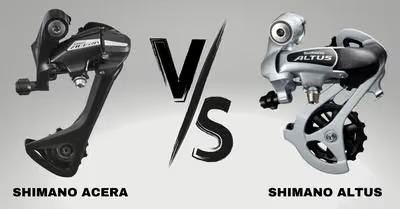



































































































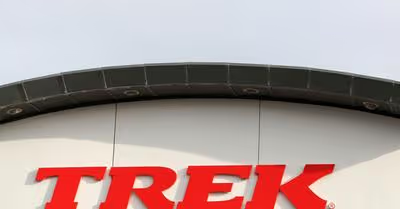


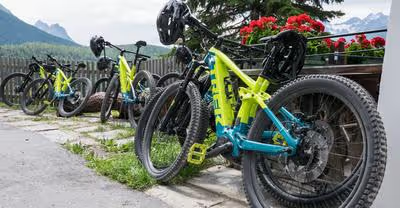






























































































































































































































































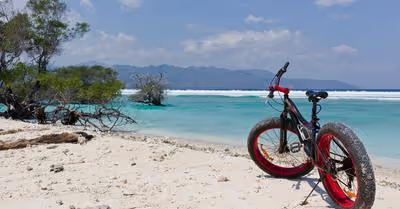


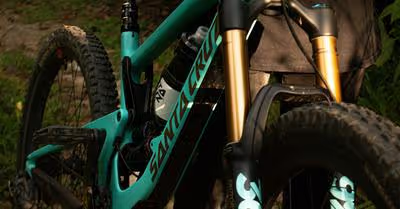
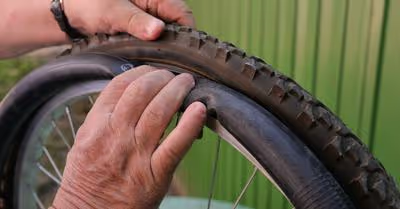

















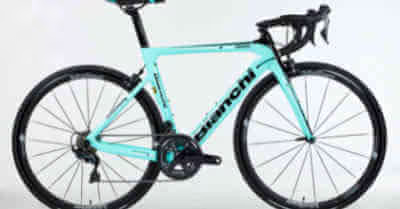



































.avif)
